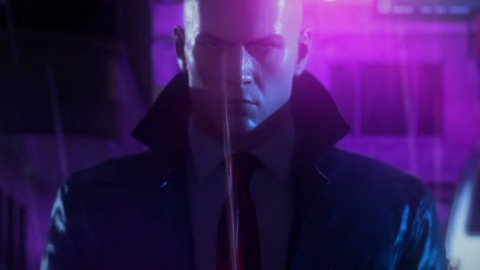
“The bad guy we hated to love,” read the Twitter tributes to Ray Liotta following his death last week at the age of 67, and even the most cursory skim-watch of Goodfellas (1990) will tell you that he was certainly that, but also so much more.
He played the self-proclaimed “nicest guy in the world” in TV soap Another World and the adorable “Shoeless” Joe Jackson in Kevin Costner’s 1989 heart-warmer Field Of Dreams. His CV, dominated by roles as steely-eyed mobsters and corrupt cops, was also peppered with touching good-guy drama roles in the likes of Dominick and Eugene (1988) and Corrina, Corrina (1994), and stitched-up victim parts in films such as Killing Them Softly (2012) and Hannibal (2001). He was a regular friend of Kermit in the Muppets movies, and even played Ol’ Blue Eyes himself in the 1998 TV film The Rat Pack.
Yet it was those magnetic villain and gangster roles in Goodfellas, Something Wild (1986), The Many Saints of Newark (2021) and many other titles which came to define Liotta and kept crooked cop movie directors calling. There was something in his combination of craggy machismo, deadpan intensity and soul-piercing eyes which was capable of instantly upsetting any still dramatic water and dropping threat into any scene: the second he appeared, you knew trouble was coming. Even Robert De Niro and Al Pacino had to work a little on their mafia menace; Liotta was one of very few actors blessed with resting mob-face.
The real magic, though, was in those crystal blue eyes, gleaming with empathy through even the most murderous glare, illuminating the emotional churn behind every gangland hit or brutal pistol-whipping. We were drawn to him because he made criminality and violence so relatable, and brought a dangerous appeal to the villain’s mentality. He spoke to parts of us to which we ourselves, thank heaven, never speak.
This made Liotta a prime example of one of the key purposes of cinema (and art, and literature) itself: to put us inside the minds we never thought we wanted to be inside; to show us the workings and motivations of corruption and cruelty in order to better map out the light and dark of the human interior. All those scar-cheeked, gold-obsessed, eye-bleeding Bond villains were just different gimmicks slapped onto the same two-dimensional bad guy model – it was performers like Liotta who fleshed out wickedness until we could almost understand it.
The very act of hating to love him, or loving to hate him, was our unconscious reaction to the questions and challenges the very best cinema puts to us about ourselves. Do we get a vicarious thrill watching him rough up a luckless punk? Are we disgusted, but riveted? It’s clear who Ray Liotta is up there on the screen, but, in watching him, who are you?
It makes for a sense of depth, immersion and realism which not only made Goodfellas a classic, but also enhanced the works of Martin Scorsese, Quentin Tarantino, David Fincher and other such dissectors of the darker realms of our psyche. Of late it’s been invading the heart of the mainstream thanks to the likes of Thanos and the Joker, but across the history of cinema Liotta was one of very few actors capable of embodying a truly relatable villain, presenting a dark side allure with which the viewer was forced to battle.
Like the most dark-hearted ballads, that’s what takes cinemagoing past the realm of entertainment and into that of self-discovery. Here’s hoping for more badfellas like Ray Liotta.
The post Ray Liotta: a true cinema legend who was blessed with resting mob-face appeared first on NME.







